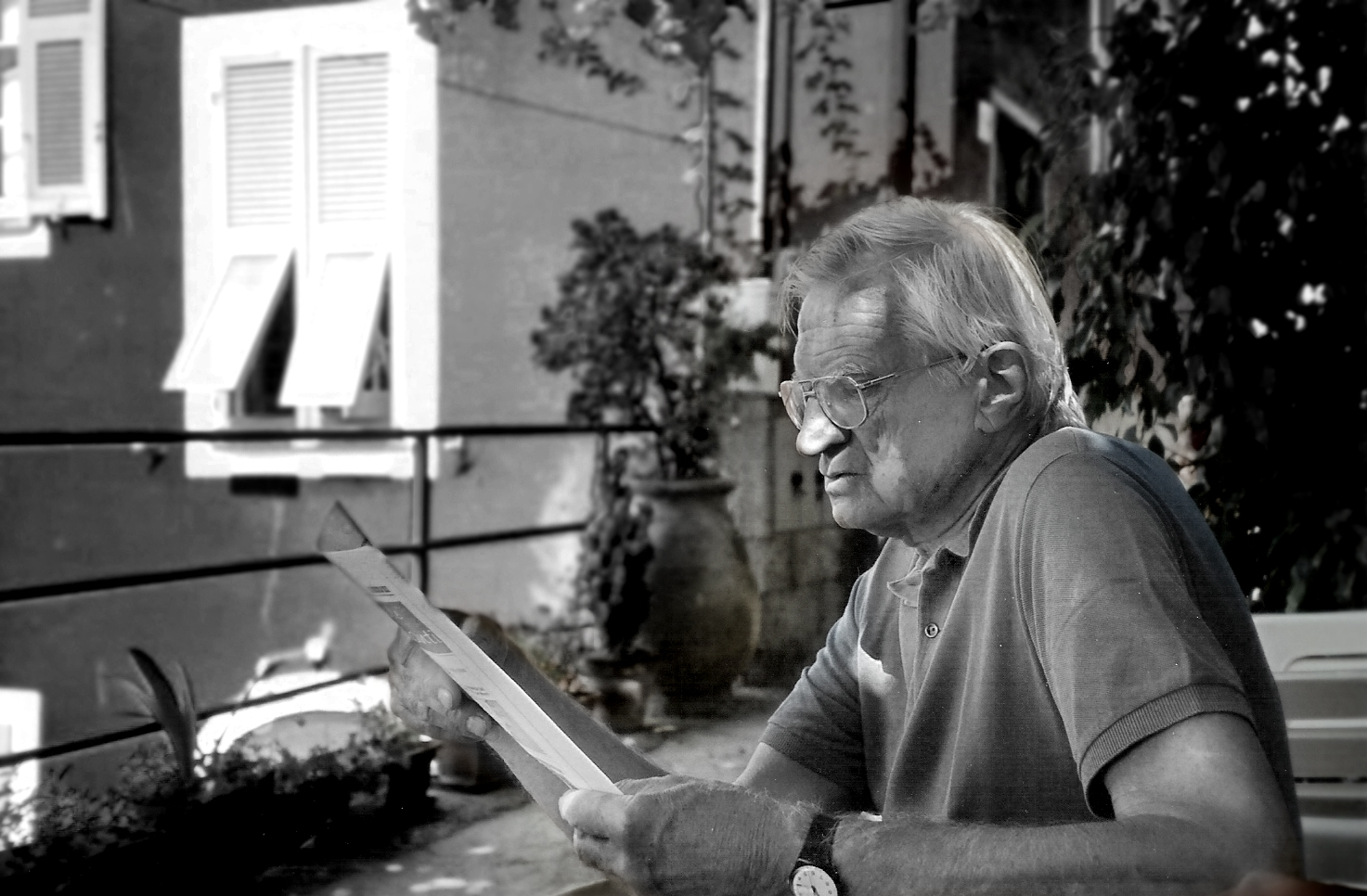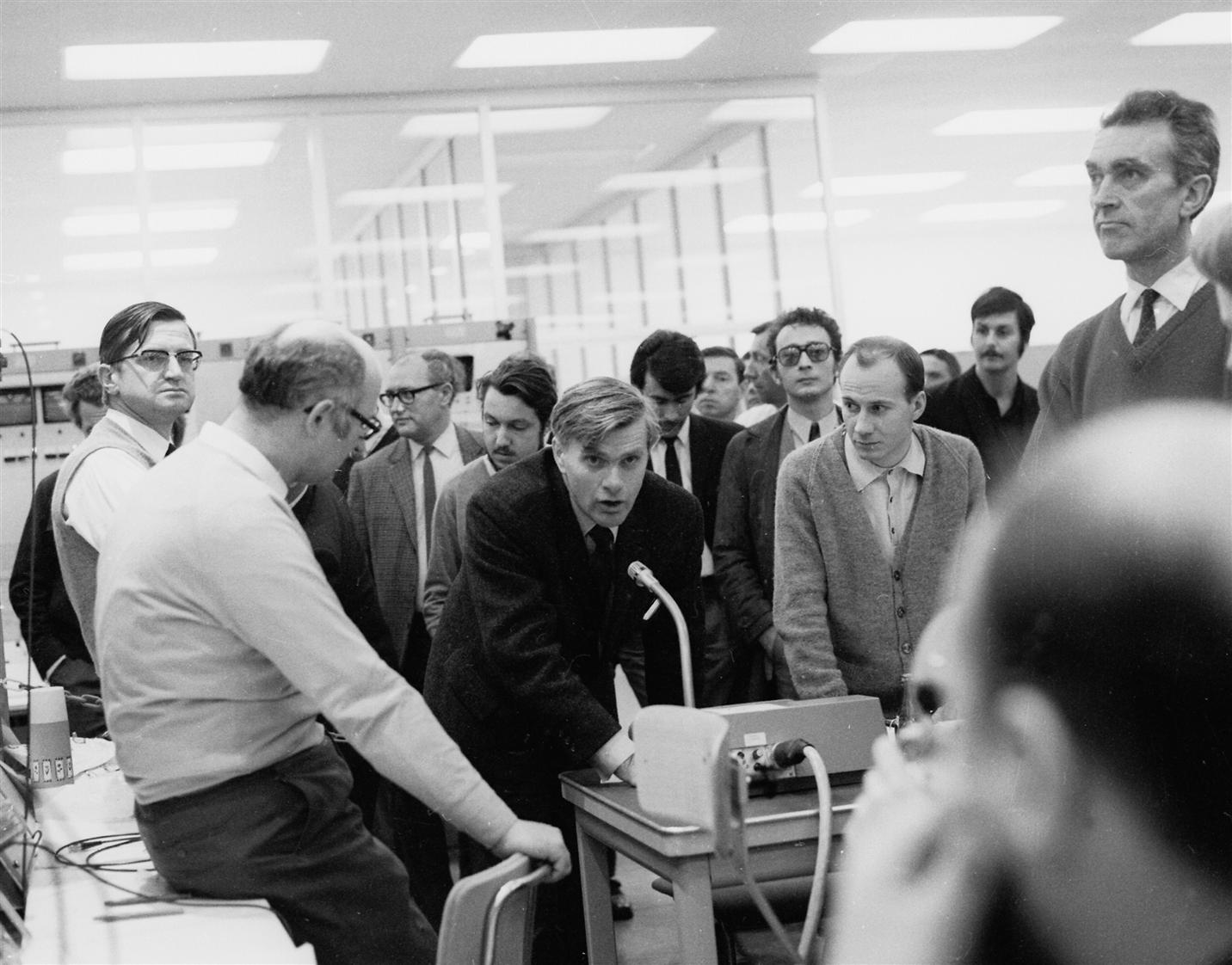Franco Bonaudi 1928-2008


Franco Bonaudi, one of the true pioneers of CERN’s accelerators, passed away on 21 December 2008.
In 1951, Franco Bonaudi was a young research engineer specialising in electronics and radiofrequency at the Politecnico di Torino, when he was invited by Edoardo Amaldi, one of the founders of CERN, to consider working for the provisional organisation that became known as CERN (European Organization for Nuclear Research). Accepting the challenge, he was sent to Liverpool in July 1952 to work with the study group led by Cornelius Bakker for the first CERN accelerator, the 600 MeV Synchrocyclotron (SC). After two years in Liverpool, he joined the rest of the newly appointed staff in the Geneva Airport hangar, where the future SC Division was temporarily housed, close to the newly designated CERN Meyrin site. The design of the SC progressed rapidly, and having been made responsible for the coordination of the installation, Franco was the first staff member to be installed in a barrack in the centre of the Meyrin construction site. The SC was rapidly completed and began operating in 1957. Two years later, Franco joined the team working on the Proton Synchrotron (PS) with responsibilities for the apparatus layout group, notably installing the muon shielding of the first CERN neutrino beam using iron ingots lent by the Swiss Government.
In 1963, with construction of the Stanford 20 GeV linear accelerator just beginning, Franco went to SLAC for a year to help design the experimental areas. His experience was invaluable and he made very significant contributions to the design effort for radiation shielding for both personnel and experimental equipment as well as for the distribution of utilities throughout the SLAC experimental areas. He participated actively in the physics meetings that helped establish the nascent SLAC experimental physics programme and later helped initiate the very successful programme of exchanges of physicists and engineers between SLAC and CERN.
Back at CERN, he defined the future experimental areas of the Intersecting Storage Rings (ISR) and in 1967 took responsibility for the ISR civil engineering. His group became known as the General Layout Group and later included the electrical service. The ISR saw its first circulating beam in October 1970 and first colliding beams on 27 January 1971, on which famous occasion Franco can be seen on the right of Kjell Johnsen in one of the best-known CERN photographs. This is worth mentioning as Franco’s modest nature meant that there are remarkably few such photographs, despite his participation at the highest level in so many of CERN’s achievements. With the installation of experiments in the ISR underground ring under way, Franco created the ISR Experimental Support Group, which provided wide-ranging help to the many ISR experiments, from the design of supports and installation tooling to the construction of magnets, as well as detector infrastructure.
Having spent a year as ISR Division Leader in 1973, Franco went on to be Director of Accelerators from 1976 to 1978, a crucial period, when the idea of Carlo Rubbia to use the SPS as a p-pbar collider began to materialise, with the ICE experimental ring to prove that Simon Van der Meer’s stochastic cooling could really be used and that a successful antiproton accumulator could be built. But Franco never felt at home in the Directorate, ‘on the sixth floor’, as he would describe it, and much preferred working directly with his engineering and physics colleagues in hands-on tasks such as testing photo-multipliers for the central calorimeter of the UA2 experiment of the p-pbar collider. Joining the UA2 collaboration led by Pierre Darriulat, he thus participated in the discovery of the W and Z and in CERN’s Nobel prize-winning success of 1984.
Not surprisingly, Franco’s experience and talents were soon needed for the Large Electron Positron collider (LEP) and Emilio Picasso, the new project leader, asked him to join his LEP management team and take responsibility for the design and construction of the experimental areas. Once the experimental areas were completed his group continued to offer extensive support to the four LEP experiments throughout their installation, paying particular attention to all safety aspects. Only after the LEP beams were successfully circulating in 1989 and the experiments taking data did Franco begin to look towards his well-earned, fast-approaching retirement. Nevertheless, he became scientific secretary of the Detector Research & Development Committee (DRDC), a new committee advising the Research Board and the DG on the numerous detector development projects looking forward to very high rate 14 TeV collisions in the LHC.
Franco retired from CERN in March 1993, but remained active in scientific and humanitarian work, particularly in his native Italy, where he was a member of the DaΦne advisory committee, gave lectures, and helped with student and fellowship programmes for many years. Throughout his 41 years of dedicated work for CERN, he retained his unassuming and unfailingly calm nature. He was always helpful, scrupulously fair and honest: a great boss and a great friend. His concern for others was always evident; one example was his active support to his lifelong friend, the late Sergio Fubini, in establishing with Eliezer Rabinovici a scientific ‘peace-bridge’ in the Middle East, which later led to the creation of the SESAME synchrotron–radiation laboratory in Jordan.
He appreciated life to the full, enjoying music and the arts, being particularly knowledgeable about and enjoying classic cinema. Always curious and with a wide range of interests, he was a great conversationalist; fascinated by language and languages, he took classes in Swiss German and Russian to add to his near-perfect English, French, German and native Piedmontese and Italian. Even after learning that his breathlessness was symptomatic of a far more serious condition than simply passing the age of 80, he remained positive and cheerful, intrigued by his treatment and still worrying more about others than himself. Franco was an excellent Cernois, an example to us all and will be sorely missed. "Si monumentum requiris circumspice", we would freely translate as: "For Franco Bonaudi’s memorial, look around CERN".
His friends and colleagues

